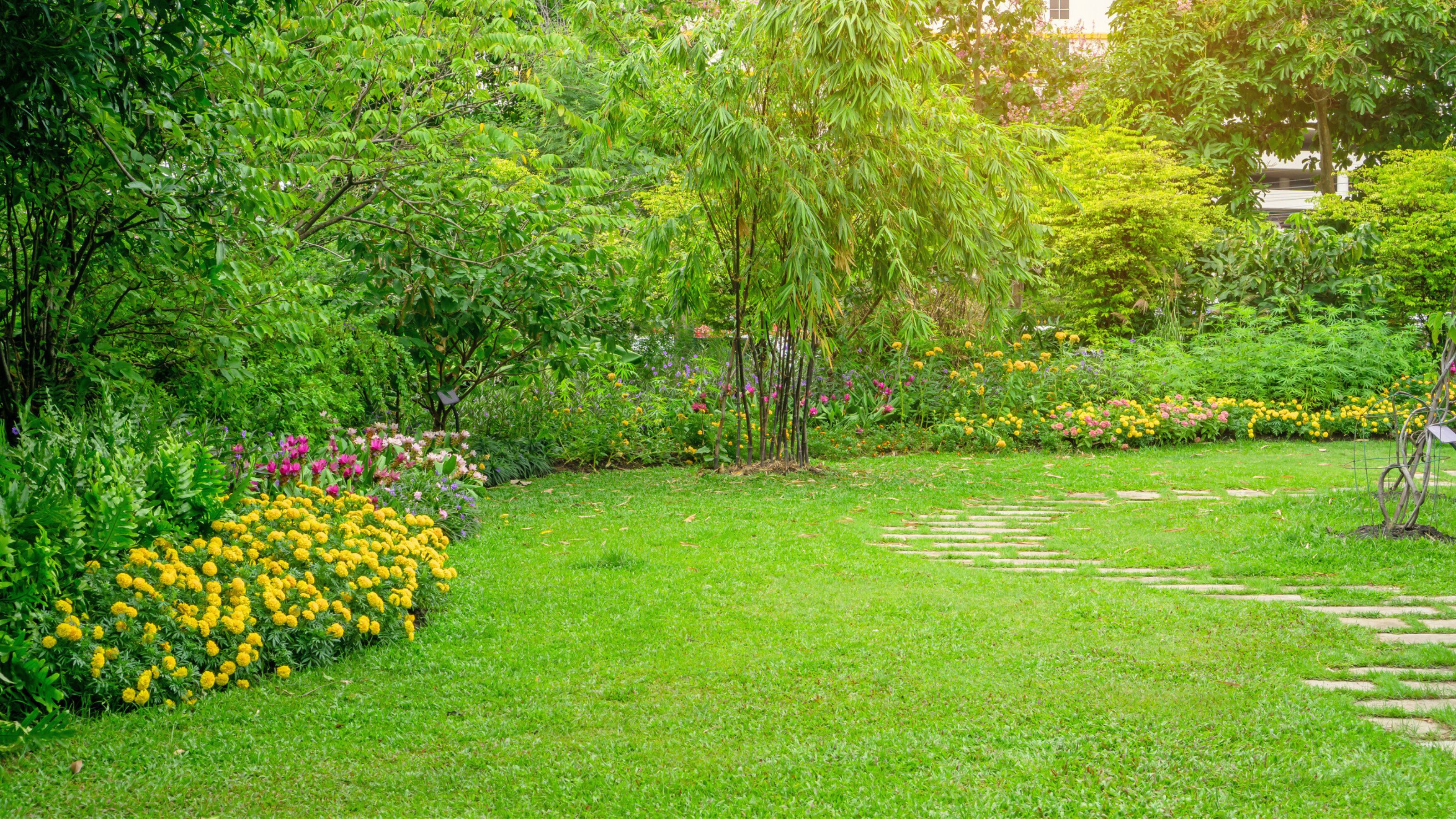

Learning how to kill an ant nest but not your lawn is the key to enjoying months of summer bliss time outdoors in a space that is ant-free, but also lush and healthy.
Our home and backyard pros reveal the seven best methods that will achieve this, including the products to use, avoid, and how best to get rid of ants without sending the health of your lawn firmly and quickly downhill.
Once you know how to get rid of ants in your backyard without compromising the health of your grass, you'll be able to avoid unsightly brown patches and this pest, too.
How pros kill ant nests but not lawns
If you've covered the basics of how to get rid of ants, it's important to leave the surrounding area unscathed as dead lawn can open up a proverbial can of worms by allowing other pests or fungus to settle in its place.
Where our experts have recommended particular products, I have sourced matching and highly-rated items from trusted retailers to help you banish ant nests and preserve your lawn.
All prices were correct at the time of publication.
Why ants have nested in your lawn

Ants are most active in summer as they're constantly searching for food and water for the colony and its latest additions, as well as seeking shelter from heat or humidity. This is when you may notice lines of ants traversing to and from the entrance of their nest.
Understanding why ants have picked your healthy lawn to nest in is a key part of eliminating their hub without killing other plant life nearby, especially your grass.
Amber Munday, a home improvement specialist at Build and Renovate, says, "Whether you love them or hate them, there's no denying ants are are remarkable creatures. They have large, complex societies, employ fungus-farming techniques, and have established colonies almost everywhere on Earth.
"Thankfully, they are small and haven't developed a dominant collective intelligence but an ant invasion in your lawn can be frustrating, especially when you’re left wondering why they chose yours over your neighbor's."
Amber explains the two key reasons your lawn might be appealing for ant colonies to nest, which can lead to ants coming into your home.
"Ants are attracted to damp environments," she says. "Any sources of water or moisture, such as bird baths, gutters, or leaky pipes, are valuable to them. Mulch and rocks can keep the soil in your yard moist, which may attract ants. Additionally, most species of ants are drawn to sugary, sticky substances, including sap and nectar from certain plants."
Here are seven lawn-safe methods to get rid of ant nests:
Method 1: Bait stations
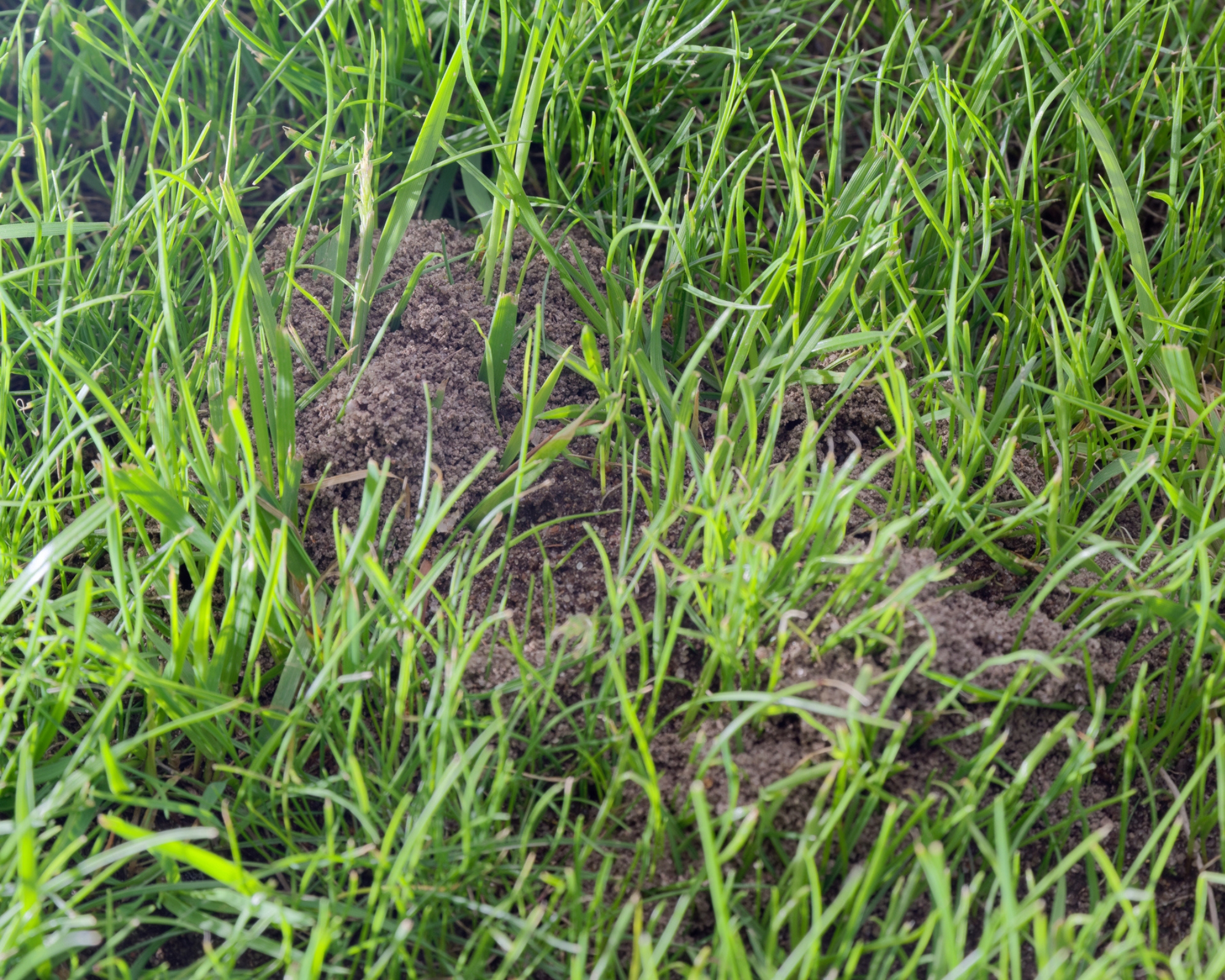
Itay Simchi, founder of Proven House Buyersis an experienced real estate investor and expert with extensive experience in dealing with pests and unwanted critters in his renovations and home projects.
He says, "Dealing with ant nests in lawns is a common challenge many homeowners face. However, I've found that there are still several methods that can be effective in eliminating ants nests without direct access to the nest itself."
Itay recommends in the first instance setting up bait stations near the area where you've seen ants, as they will take the bait back to the nest.
He says, "You can use commercial or homemade bait stations made from sugar and water, peanut butter or honey."
We recommend Amazon's Choice, the TERRO T1813B Outdoor Ready-to-Use Liquid Ant Bait Stake Killer Trap. It comes in a set of 12 and you stake the vertical bait stations directly into you lawn. Place them as instructed to effective, rapid colony death. Customers rated this product 4.4/5 in more than 8,900 reviews.
Amber suggests a mix of boric acid and sugar. The borates will dehydrate the ants and kill them off, and they only need contact with it to work. The sugar bait gets them into the powder, and it will then stick to their bodies, ensuring ants carry the boric acid back to the nest, doing the leg work for you.
She says, "To create this mixture, combine boric acid and sugar until it forms a paste-like consistency. Place small amounts of the paste around the ant nest. The sugar will lure the ants, who will carry the paste back to their nest. After a few minutes, the boric acid will take effect, eliminating the queen and the rest of the ants."
We like the JT Eaton 5 lb Boric Acid Insecticidal Dust in Resealable Pail available at The Home Depot as you can use as little or as much as you need and seal it away for next season or treatment when finished.
Method 2: Natural repellants
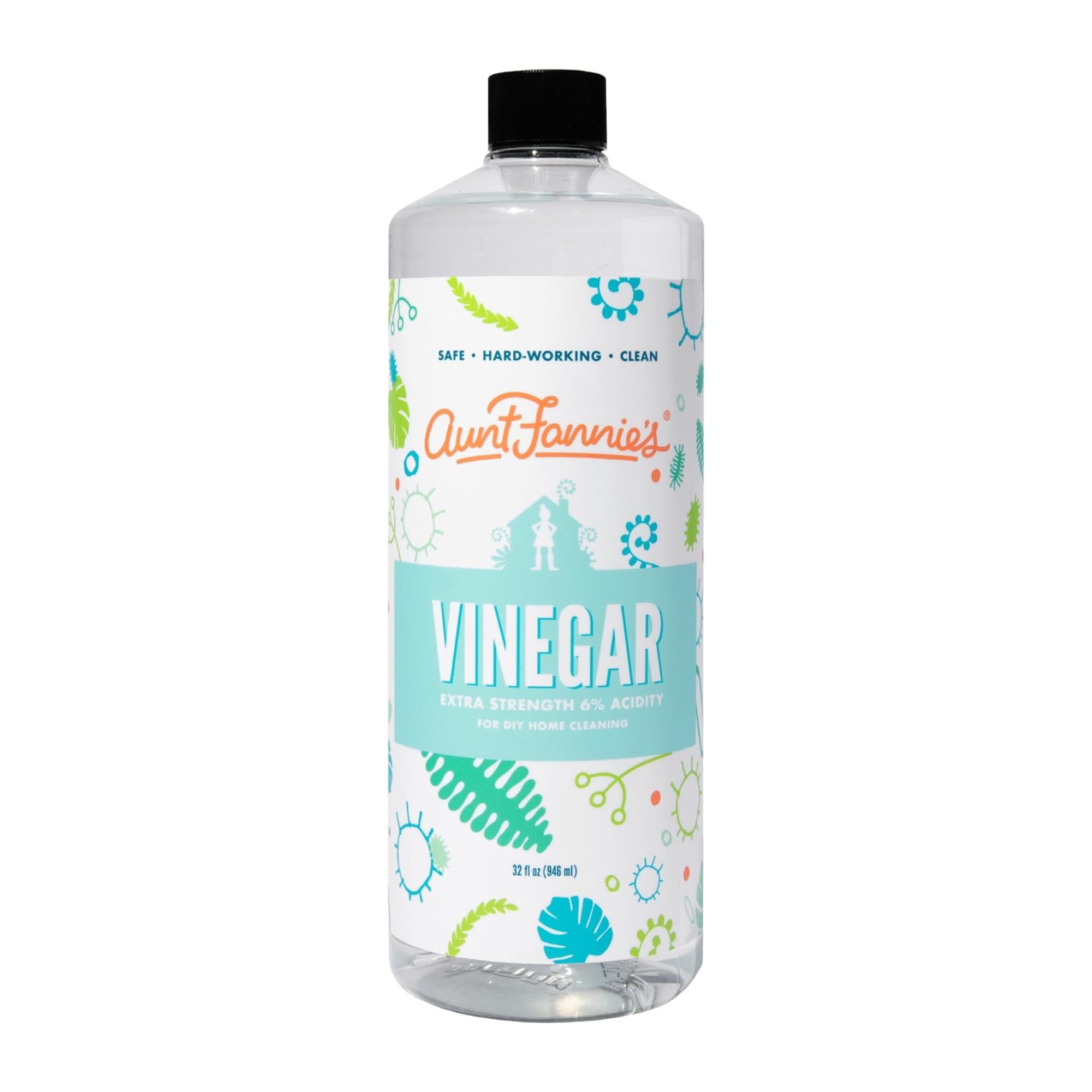
Whilst natural bug repellents are easy to make at home with items you will already have in the pantry or your kitchen, these might take a bit longer to impact.
Itay says however, it's vital to stay the course. He says, "It may take some trial and error to find the most effective method for eliminating ant nests from your backyard whilst protecting your lawn, especially when using natural methods. It may take several weeks or even months to completely eliminate an ant infestation."
Itay adds, "You can use ant deterrent granules, which can be placed near the area where you've seen ants. These granules can be made from natural ingredients such as cinnamon, cayenne pepper, and other spices that ants find unappealing. The granules will help deter ants from approaching the area and eventually starve the nest."
Other combinations to pour into and around nests include cinnamon and cayenne pepper, both natural pest deterrents. Itay says to simply sprinkle the powder along ant trails or around areas where you've seen ants. You can also mix the powder with water to create a paste and apply it directly to ant mounds.
Certain essential oils, such as peppermint, tea tree, and lavender oil, have natural ant-repelling properties (this set of six Lahunamoon Store essential oils on Amazon are all smells that repel bugs). Mix the essential oils with water and spray the solution around areas where you've seen ants. You can also add a few drops of the essential oils to a spray bottle filled with water and spray it directly on ant mounds.
A mixture of equal parts vinegar, which can be used for so many cleaning tasks around the home, and water can be used to repel ants. Simply mix the solution in a spray bottle and spray it around areas where you've seen ants.
Amber says to pour one liter, that's a quarter of a gallon, of white vinegar (such as Aunt Fannie's Extra Strength Cleaning Vinegar from Amazon) directly into a lawn nest, staing it "can work wonders."
She adds, "It is not harmful to the soil or your plants, but it will kill the ants on contact by drowning them. It is one of the most popular homemade outdoor ant killers.
"A white vinegar spray is also often used as an ant repellent because of its ability to make the insects disoriented. You may have to reapply it frequently, though, as vinegar will keep ants away only as long as it’s scent lasts."
Vinegar is particularly good at disrupting or wiping out the chemical signals ants use to navigate to and from their colony.
Method 3: Traps with sugar water
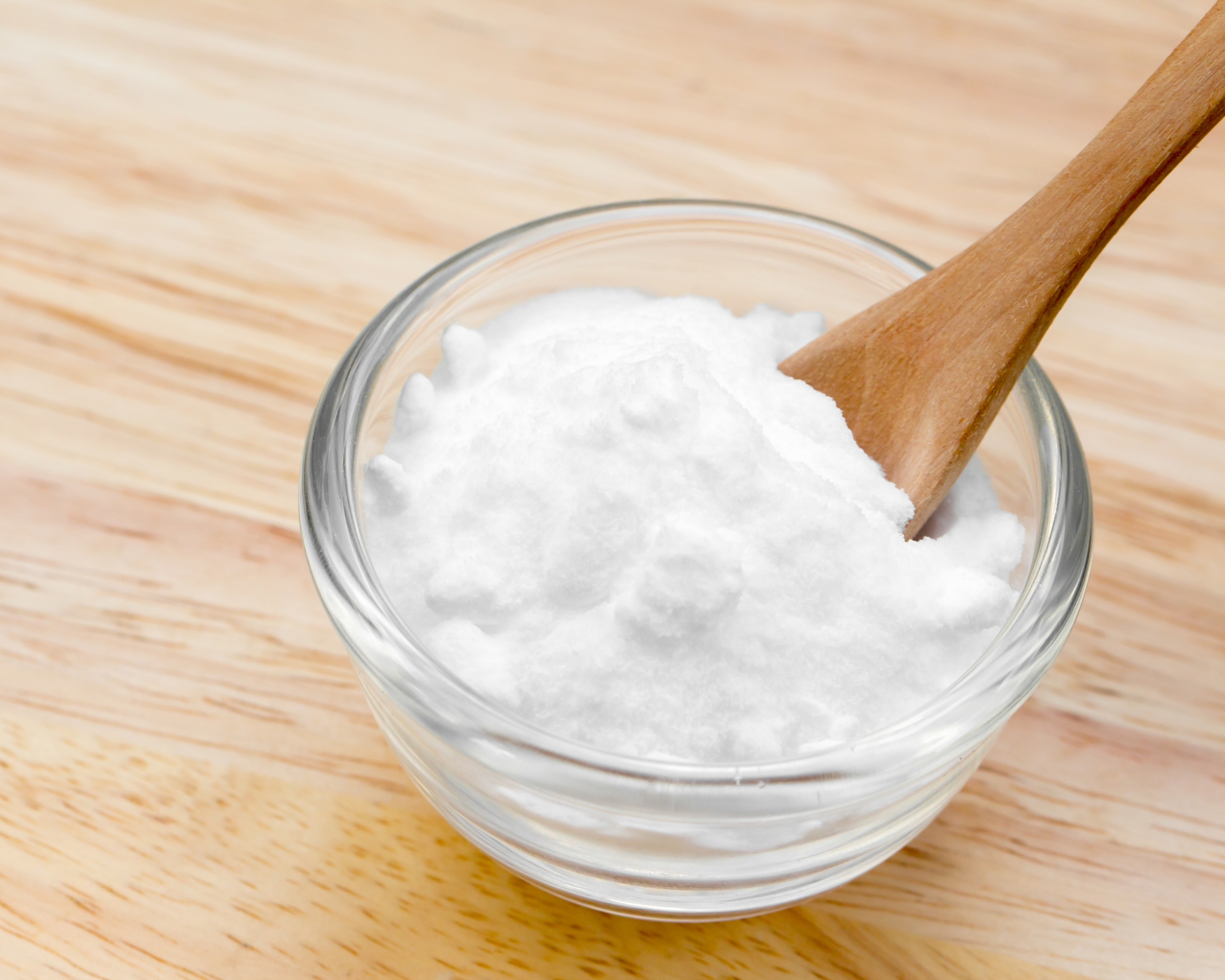
You can also use traps with sugar water to lure ants into a container or a trap, dealing with the nest by vacating it.
Itay says, "Mix equal parts sugar and water in a bowl, and place it near the area where you've seen ants. The ants will be attracted to the sugar and will gather at the bowl. Once you've collected enough ants, dispose of them safely and repeat the process until the nest is eliminated."
Itay says when trying to find the colony, follow their trails and identify where they're coming from. Look for holes in your lawn with disturbed earth, or dirt mounds that reveal their nests entry spot.
He adds, "Follow ant trails using a flashlight or a magnifying glass to see where they're heading. Once you've identified the location of the colony, you can use your chosen method to eliminate it."
Method 4: Boiling water (in some cases)
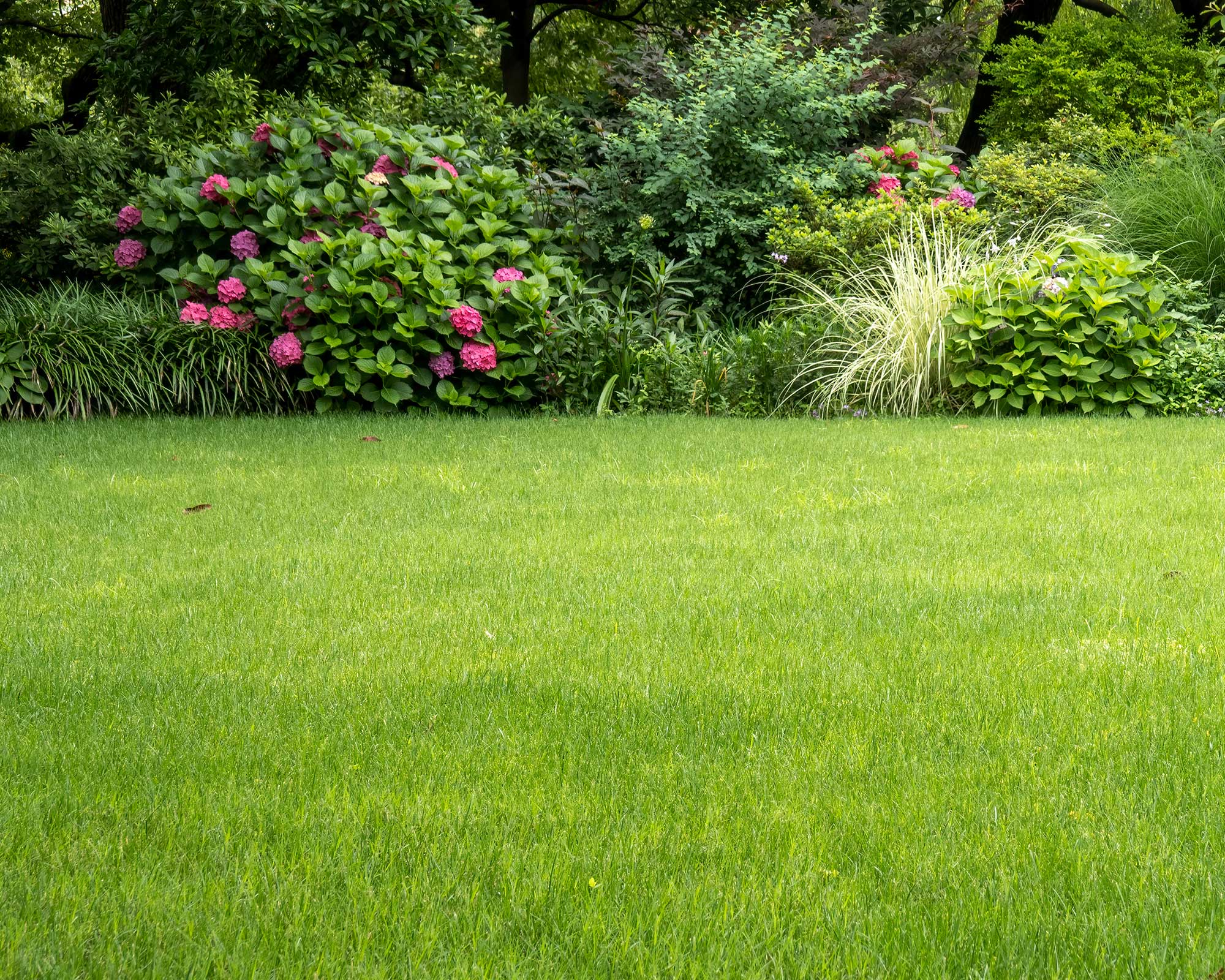
Boiling water is an effective method of killing a large number of ants immediately, and can seep into the ant colony below the mound, which is often much larger (the ant hill is only the tip of the iceberg).
However, it kills vegetation including the grass in your lawn indiscriminately. The boiling water method is best reserved if you were mowing the lawn or digging to plant something and revealed the opening or mound of the nest. With this clear visibility, you can use a kettle of boiling water to carefully pour the hot liquid exactly where it is needed, sparing your lawn.
Amber says, "Pouring two to three gallons of boiling water on an ant mound will kill about 60% of ants (the remaining 40% have a chance to scatter in a timely manner). Be warned, that extremely hot water may kill the surrounding vegetation in your yard as well."
Method 5: Dish soap and oil
You can safely use dishwashing liquid such as Dawn Soap available at Walmart and oil to penetrate the ants' exoskeletons and suffocate them.
Amber says, "To prepare, mix half a teaspoon of liquid dish soap with one and a half teaspoons of cooking oil (olive oil and canola oil work best) with one quart of water (0.946 liters/2.08 lbs or 33.38 oz.).
"Once the mixture is ready, pour some into a spray bottle to tackle ants outside the nest, and pour the rest directly into the nest."
Using the spray around the nest and therefore making contact with your lawn isn't enough to damage it. Once it has done it's job on the ants, you can use fresh or rain water to further dilute the mix and protect your lawn.
Method 6: Diatomaceous earth

Food-grade diatomaceous earth (such as Harris Food Grade Organic Crawling Insect Killer Powder from Target in a 4lb bag and rated 5/5 stars by customers) is effective against various pests, including ants, fleas and cockroaches, and can be used on your lawn and indoors.
Amber says. "It's best to sprinkle it on ant trails or around plants you want to protect. It works well on dry soil. The wetter the surface, the longer it will take to be effective."
Method 7: Nematodes
Nematodes are microscopic worms naturally found in soil that are used widely to control soil pests and available to buy at specialist companies such as Arbico Organics. It's important to seek expert advise for your backyard and lawn specifics so you don't end up with nematodes that will eat the roots of your plants.
"Beneficial nematodes target ants by hunting and devouring them," explains Amber. "Place the nematodes in a bucket of water, break up any lumps, and let them soak for a few minutes. Then, use a watering can, knapsack sprayer, or hose-end sprayer to apply the solution to your soil and plants.
"These natural predators will drive away ants from your lawn without posing any health or environmental risks. Additionally, they will also target other pests and insects, such as beetles and fungi."
Other tips
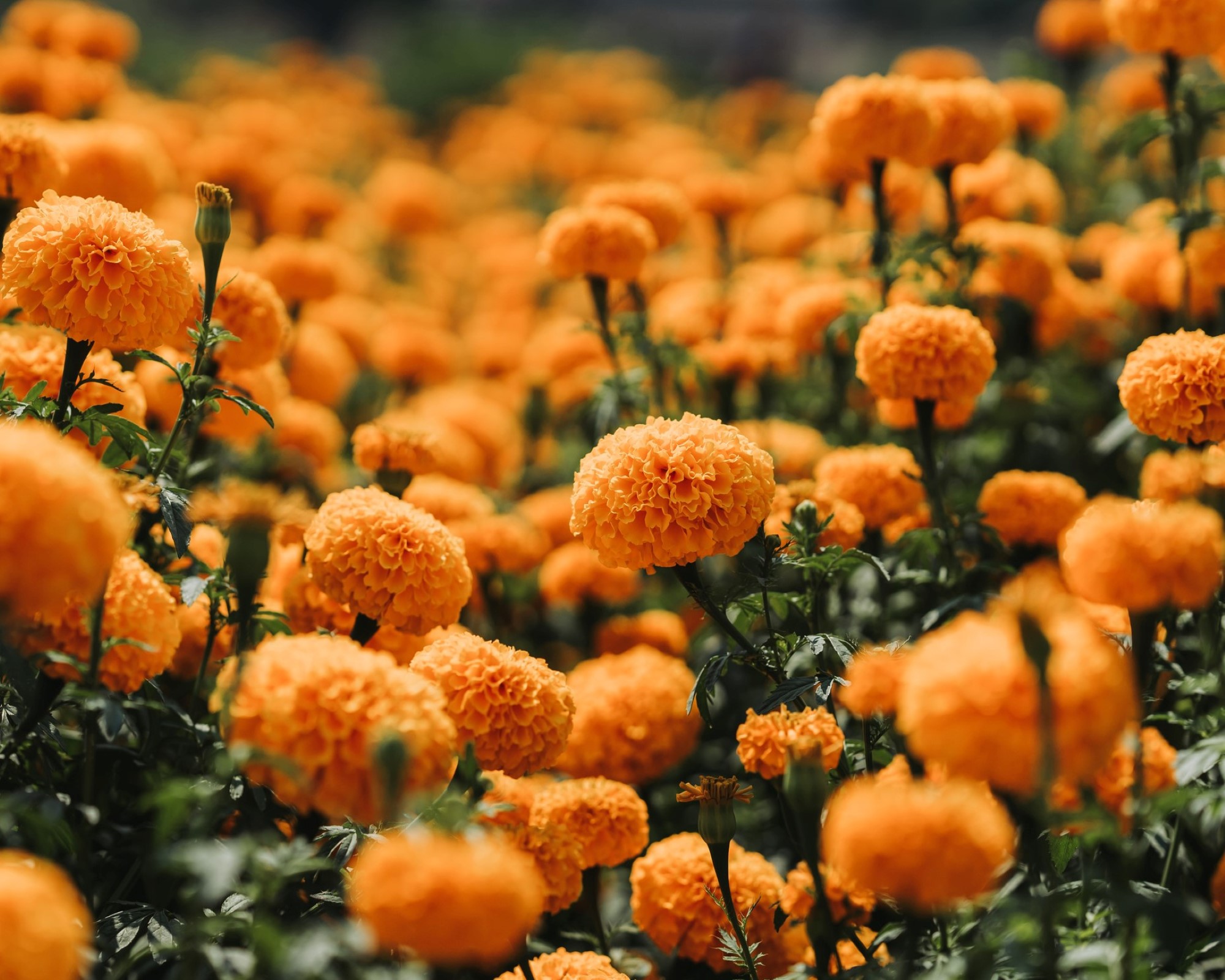
To help you along with killing ant nests whilst protecting your lawn, Itay adds, "Plant marigolds or other ant-repelling plants around the area to deter ants from returning."
Amazon's Choice for Sow Right Seeds Crackerjack Marigold Seeds are highly rated by customers and will allow you plant them where you like in abundance.
Itay also advises repeating treatment every few weeks as needed, depending on the severity of the infestation. Maintaining or preventing most any pest problem is usually more effective than starting from scratch.
If you remain concerned about your lawn health, feeling overwhelmed by the ant nests that have revealed themselves with mounds and visible ant trails, or simply don't want to kill the ants yourself, consider hiring a professional pest control service.
Whilst tackling it yourself will likely be cheaper, it's OK to hand over the infestation for a professional to troubleshoot. Check the company's reviews online before proceeding with a booking and if they have a website, the 'about' page which will help you determine how much experience or expertise they have in dealing with your situation.
Meet our experts

Amber has a rich background in interior design, contracting, building, and home design, with a passion for transforming spaces, seamlessly blending functionality with aesthetic appeal. As a seasoned contractor and builder, Amber ensures her designs translate into quality, well-constructed homes and regularly contributing to Build and Renovate magazine.

Itay is a real estate investor and expert with extensive experience in dealing with pests and unwanted critters who has seen his fair share of ant infestations. He has and developed effective strategies to eliminate them using ants from properties.
If you'd had your fill of lawn care, learn about grass alternatives, or get prepped for this year's flying ant day by delving into our expert guide on how to get rid of flying ants quickly.
Join our newsletter
Get small space home decor ideas, celeb inspiration, DIY tips and more, straight to your inbox!

Hi! I'm editor of Real Homes. I've been a senior journalist and editor for national magazines and newspapers for 16 years, specializing in consumer, real-life, and lifestyle articles. I have a BA in English Language and Communication, mentor journalists, and I’m also founding editor of Lacuna Voices, an independent digital platform. I love to cook, add character to my newly-built home, try my hand at DIY projects, keep my collection of plants alive, and make memories with my little family of three. For Real Homes, I specialize in articles on pest control, DIY, declutterring and cleaning, interviewing experts daily for their top tips and product recommendations.